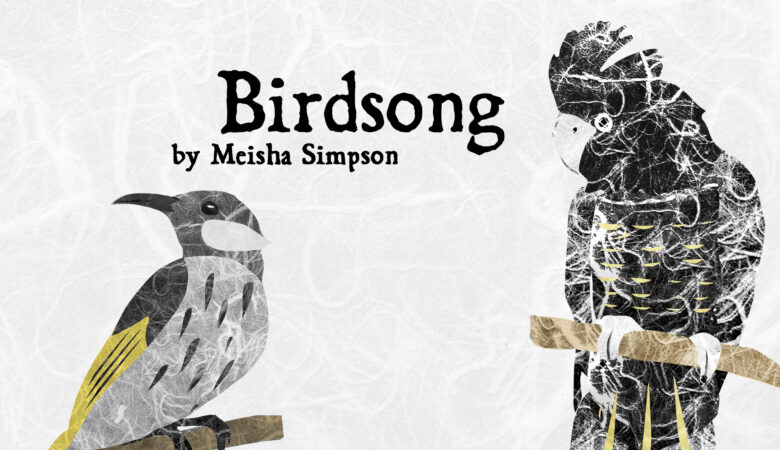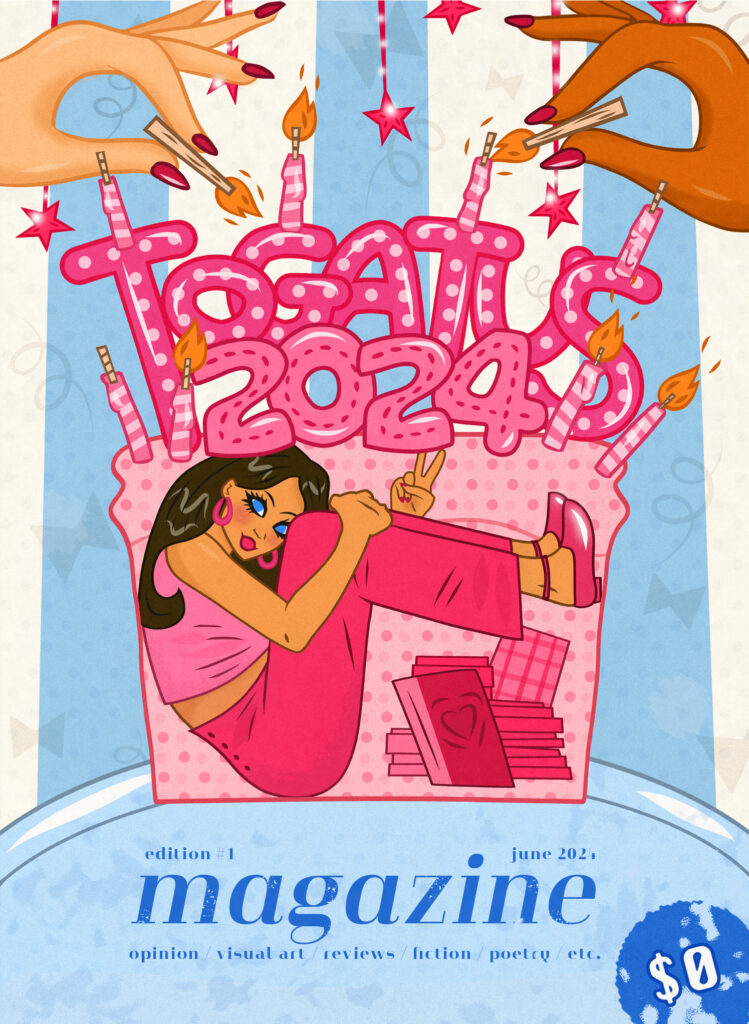On May 1st 1946, 800 Aboriginal workers from nearly two dozen pastoral stations walked off the job in a display of solidarity that shocked white station owners. Fought over working conditions and living standards, the Pilbara strike remains a landmark moment in Aboriginal people’s fight for self-determination and the Australian labour movement.
Aboriginal pastoral labour in Australia
The labour of Aborignal workers played a vital role in the colonial economy. Aboriginal pastoral workers in particular quickly built up a reputation as the best in the world, yet were thought to be more or less expendable. These pastoralists – both ‘stock boys’ and ‘house girls’ were essentially treated as slave labour. They were forced to live in bush camps without access to amenities, were fed improper food and kept in isolation from others in their community.
Efforts to regulate pastoral labour further reveal the discrimination that Aboriginal workers were subjected to. At the time of the introduction of the Federal Pastoral Worker’s Award in the mid-1920s, the Australian Workers Union (AWU) attempted to use it to exclude Aboriginal workers from employment – viewing them as competing unfairly with their white members. The Commonwealth ruled against their claim, recognising that the Indigenous workforce was vital to the viability of many properties. However, when the AWU changed tact in 1936 to request the award be extended to Aboriginal workers, the Commonwealth denied their application without reason. Their inclusion would have enabled them to participate in the bargaining process – an outcome which neither the government nor industry had any desire for.
Conditions after the war
The second world war highlighted the important role of Aboriginal labour in Australia, yet they were still denied appropriate wages and conditions. With a dearth of white male labourers, Aboriginal workers took up a variety of skilled and semi-skilled positions that were previously inaccessible. Their meagre reward for stepping up was their inclusion in the federal Labor government’s ‘Aboriginal Award’. The award held that black workers were to be paid about half of the normal wage that white workers were entitled to, plus food and accommodation. In the Northern Territory, a report prepared for the Special Administrator during this time suggested that the labour of an Aboriginal man was worth only 70% of that of a white man’s. Shockingly, a counteroffer of 15% of the normal wage plus food and accommodation provisions was accepted by the Administrator.
A new federal Liberal-National government added to hostility towards Aboriginal workers by introducing ever stricter regulations on their employment. In the Northern Territory, a new Welfare Ordinance applied in which those declared ‘wards’ could then be paid under the Wards Employment Ordinance. The ordinance was administered with blatant racism and was used to further deny Aboriginal workers the right to organise, constraining their freedom of movement and even right to refuse work.
Tensions in Pilbara
As a condition for granting Western Australia statehood in 1899, progressive British lawmakers lobbied for the Act to include provisions making the colonial government responsible for the wellbeing of the region’s Indigenous population – the marrngu. This took the form of section 70 of WA’s constitution, which established an Aboriginal Protection Board which was to be allotted £5000 each year by the Treasurer to provide for the wellbeing of Aboriginal people. The provision was quickly struck down by the leader of the white settlers in WA, John Forrest – who rejected the assertion that the section was ever meant to be enforced, believing it simply to be an empty gesture to Britain’s anti-slavery lobby. Forrest’s betrayal resonated with one member of Western Australia’s white community in particular, radical communist and trade unionist Don McLeod. McLeod viewed the decision as a precursor to the new government’s oppressive regime against the region’s Indigenous population.
A bleak account of the working conditions of Aboriginal pastoral workers in Pilbara was put forth in a pamphlet from Tom Wright of the Labour Council of New South Wales, which urged for a ‘new deal for Aborigines’. It described the treatment of Aboriginal pastoralists to be one of neglect – comparing their working arrangements to chattel slavery and stressing that the betterment of their conditions must be one of the key priorities of the labour movement. Police violence was one of the forces upholding the station owners’ oppressive regime, with frontier massacres a living memory for many of the Aboriginal workers. Endowed with extraordinary powers under the Native Administration Act 1936, police went above and beyond in their brutality – with beatings, midnight raids and chains becoming the norm to enforce worker’s exploitation. Wright’s pamphlet soon found its way to the Pilbara and across the desk of McLeod, whose increasing involvement in local Indigenous activism would form the basis of a communist/Aboriginal alliance that would lead to the events to come.
The seed of the Pilbara strike grew from a tribal law meeting that took place in Skull Springs in 1942, described by McLeod as an ‘event of great significance, the sort of law meeting which took place traditionally perhaps once every fifty years’. Bringing together over 200 representatives across 23 language groups, the meeting lasted six weeks, with the assembly eventually deciding that action must be took to better the conditions of the region’s traditional owners. McLeod was given the authority to make decisions ‘as problems arose’, with Indigenous lawman Dooley Binbin elected to represent the region’s Aboriginal population. What came after the meeting was two years of unsuccessful negotiations between McLeod and the Native Affairs bureaucracy and the state government. A follow up meeting was held to discuss their failures to improve conditions through formal channels, with the resounding sentiment ‘that somehow we have to break through – we’ve got to break through’.
In the subsequent months, several more meetings took place to organise the strike. As Binbin recounts, these meetings were almost exclusively attended by marrngu workers, but ‘sometimes Don [McLeod] came along’. In March of 1945, Binbin set off by rail to spread a singular message: strike on May 1st. A crudely produced calendar scrawled on food tins labels were given to each station involved, which counted down the weeks until the strike was to take place. While McLeod grew sceptical that other stations would be willing to join the strike, Binbin persisted in his travels across Pilbara to radicalise other Aboriginal workers.
On strike
The beginning of the strike coincided not only with May Day, but the beginning of a new season of shearing. The Aboriginal pastoralists demands were simple: better living and working conditions. McLeod was put forth by the strikers as their representative to state government.
The backlash from capital over the Pilbara strike was immediate. With workers from stations at Marble Bar and Port Hedland joining the strike, some employers offered better wages, while others called the police – both factors causing a portion of strikers to return to work. The police pursued a strategy of jailing the strike’s key leaders, believing the industrial action to be instigated by a number of ‘agitators’ rather than growing organically out of discontent with conditions. Despite their best efforts, when one leader fell, another took their place; the strike enjoying widespread and popular support by workers and their families.
The efforts of Aboriginal women as both strikers and organisers were crucial to the success of the strike during its early stages. While the dearth of accounts documenting the strike largely focus on the male activists involved, Nungamurda women like Daisy Bindi were responsible for spreading the strike up through the Pilbara’s inlands, collecting supporters from her area and organising transportation.
As the months wiled away, the strike grew to become much more than just the marrngu refusing to participate in their own exploitation. Strike camps had become self-governing communities bolstered by their own mining and hunting enterprises and the donations of supporters, with prominent settlements established in 12 Mile and Moolyella. Camps also set up schools for the young led by self-taught strikers, with the Department of Education supplying them with correspondence courses. These camps were frequented by station owners, who with the aid of the police, would attempt to threaten workers to return to work. With food supplies constantly dwindling, there was much pressure on workers to concede, but they remained steadfast. Upon refusing a meagre increase to their salary, Aboriginal workers created the North West Worker’s Associaion, which had at the centre of its political demands the granting of the full pastoral award wage to marrngu pastoralists. The newfound sense of independence found by strikers through their communities served to strengthen their resolve to win, with the acts of intimidation from police, courts and Native Affairs officials only drawing more to the cause.
A hard fought ending
The strike had reached a near stalemate by the middle of 1947. With the new shearing season impending, strikers sent a group of workers to see the new Minister for Native Affairs, Stanley Middleton, informing him that without Aboriginal labour, the industry would continue to suffer significant lapses in productivity. The government also met with a Catholic missionary named Father Bryan, who advised on the establishment of new mission schools in areas near where the strike was taking place. The aim of these missions were to disrupt McLeod’s influence in the region and attempt to import a ‘benevolent paternalism’ that had been used to ensure colonial control of Papua New Guinea’s Indigenous population.
White opinion within the Department of Native Affairs was strongly on the side of officials attempting to break the strike, believing that every bureaucratic weapon at their disposal should be used to do so. Indeed, marrngu people were harassed for advocating in favour of the strike and their children taken away to missions. Few accounts of white opposition to the Department’s treatment of the marrngu people exist, however one from an inspector named McGaffin suggested that he believed the Department was complicit in slavery and too friendly with pastoralists to be impartial. The resounding impression departmentally was that the ‘native problem’ was to be dealt with ‘professionally’. Under Middleton’s regime, this meant their assimilation into the lowest echelons of society.
At the beginning of the 1949 shearing season, the Mt Edgar and Limestone stations relinquished to the strikers’ demands for better wages and conditions. Workers appealed to the Seamen’s Union to apply a ban on the shipping of wool from other stations at Port Hedland. With the Freemantle Branch Secretary of the SUA a well known communist in Ron Hurd, the ban was soon implemented, much to the chagrin of the state government. After some time, the Deputy Commissioner for Native Affairs Elliot Smith made assurances to McLeod that the conditions negotiated at Mt Edgar and Limestone would be standardised at stations across Pilbara. With this promise made, strikers returned to work and the ban on wool was lifted. Weeks later, after the bulk of the year’s shearing season had been completed, it was revealed that the Commissioner had no intention to honour his agreement with McLeod.
Legacy of the Pilbara strike
The Pilbara strike remains an important chapter in the history of Indigenous self-determination in Australia. The self-sustaining Indigenous communities that arose from the strike – some still in existence, remain a powerful testament to the perseverance of Aboriginal people in the face of government policy dedicated to their eradication. The fact that they came to be long before the land rights movement of the 1980s highlights their pioneering role in the fight for Indigenous rights. Communities such as those founded at 12 Mile demonstrate too that the action required to achieve such autonomy did not necessarily require government intervention. A far cry from Wright’s view of ‘a new deal for Aborigines’ that would place government at the forefront of the reconciliation process, the Pilbara strikers arrived at a system of self-governance by themselves.
With historiography concerning the event largely focused on race relations, as the longest strike in Australian history, Pilbara’s significance in Australia’s labour movement cannot be discounted. While many workers suffered personal hardships throughout the the strike, the resolve demonstrated by the Pilbara strikers permanently added a new element to WA labour relations, demonstrating that the labour of Aboriginal workers could not continue to go unappreciated. Cooperation between multi-racial working-class movements also remains a key narrative in the Pilbara strike. At pivotal moments, this cooperation challenged cross-class ‘settler solidarity’, which had previously upheld colonial hegemony. This was evidenced not only in the SUA’s decision to honour the striker’s demand for wool bans, but rail workers’ refusal to go through with attempts to restrict Aboriginal strikers from riding the railway.
The visibility of Aboriginal domestic labour throughout the Pilbara strike remains another of its important legacies. Aboriginal domestic workers’ participation in the strike challenged the perception that they were unimportant to the political economy of WA’s pastoral industry, highlighting station owners’ dependence on them, which had previously been taken for granted. This had the effect of challenging the hierarchy of race and class status upon which the pastoralists maintained their power. Ironically, accounts of the Pilbara strike have gone on to perpetuate the invisibility of Aboriginal domestic workers that existed, a direct result of the way in which their work went unrecognised by historical record. Nonetheless, oral history recorded from marrngu women who worked as domestic servants and uncovered correspondences from their female employers evinced the important role they played.








